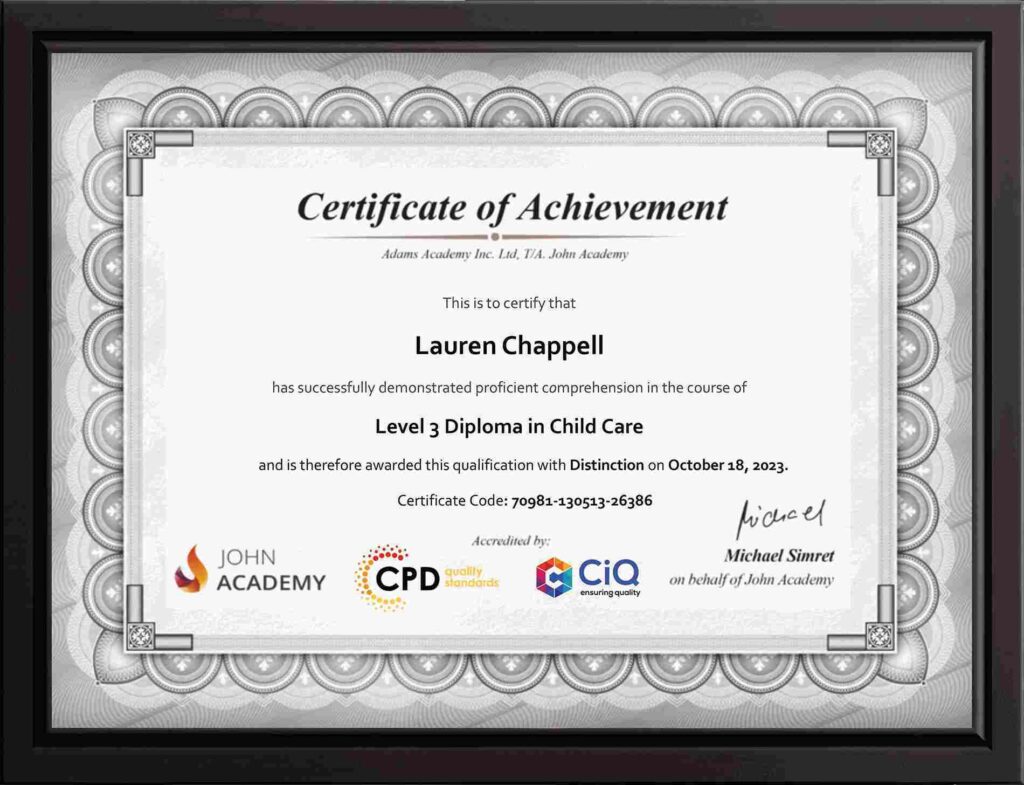
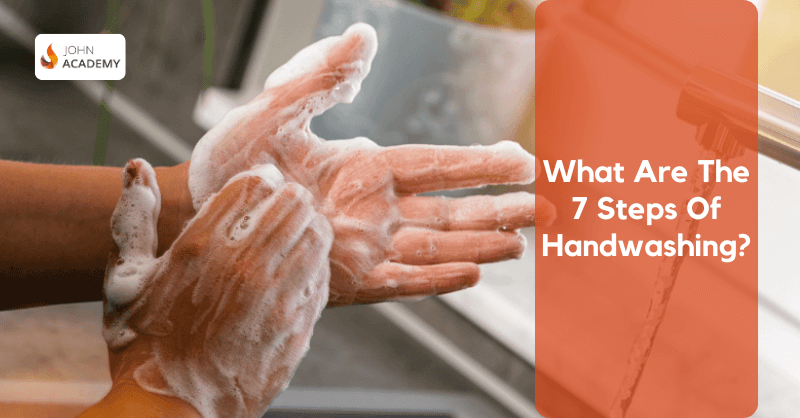
Did you know that your hands can carry 32,000 different kinds of germs? And they belong to over 150 species! This number is enough to tell us the importance of washing our hands. However, just pouring water and applying soap is not enough to kill the invisible creatures. One must follow the 7 steps of handwashing to eliminate harmful germs, bacteria, and viruses.
If you are not aware of the 7 steps of handwashing, this blog is what you need. It will explain all the 7 steps. Also, you can download the 7 steps of handwashing poster for a better understanding. So stay tuned to stay safe!
Table of Contents
Why is Handwashing Important?
Our hands can carry millions of germs and bacteria. When we touch our nose, mouth, or eyes, these germs enter our bodies and cause many illnesses, such as diarrhoea, respiratory diseases, typhoid, etc.
When we prepare food, the germs can enter the food and multiply in numbers. Unwashed hands can also cause cross-contamination, which may result in food poisoning. It can also cause mild allergic attacks to serious concerns like anaphylaxis.
Unwashed hands are not only a threat to yourself, but also to others. Dirt, germs, and bacteria from your hands can transfer to others by shaking your hands, sharing things, or coming in contact in any other way. This can be seriously damaging for sick individuals who are prone to infections.
Therefore, it is important to wash your hands to protect yourself and others from deadly diseases. When you keep your hands clean, you can protect yourself from viruses and bacteria like Salmonella, E. coli, and Norovirus. Washing hands will help you ensure that you prepare safe food for yourself and your family. In addition, it will play a vital role in safeguarding the vulnerable, like children and ill people.
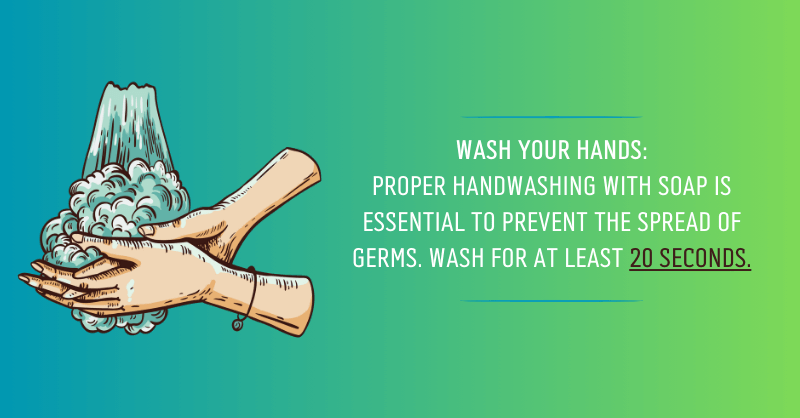
When Should You Wash Your Hands?
Like the steps of washing hands, you should also know when to wash your hands. Here are the key times to wash your hands –
What are the 7 Steps of Handwashing?
Washing hands is not just pouring water and using soap. In the naked eye, this may seem enough to clean the dirt. But cleaning deadly germs and bacteria requires a combination of 7 essential steps.
Don’t be alarmed by so many steps. It’s actually pretty straightforward.
Just follow the steps and wash your hands for at least 20 sec to kill all the germs and bacteria. Here are the 7 steps of handwashing –
1. Wet Your Hands
2. Apply Soap and Rub the Plums Together
3. Rub the Back of the Hands
4. Rub the Fingers
5. Rub and Clean the Thumbs
6. Rinse Hands with Water
7. Dry Your Hands
Here’s a video showing all the steps of handwashing to help you do it properly.
1. Wet Your Hands
The first step to cleaning all the dirt and germs is wetting your hands with clean water. Don’t use too hot water as it can make your skin dry.
2. Apply Soap and Rub the Plums Together
After you pour water all over your hands, take some soap and lather your hands. Then rub your plums together in a circular motion. When you rub your plums, make sure to rotate them clockwise and anticlockwise.
3. Rub the Back of the Hands
The next step is to rub the back of your hands together. Use the plums of your hands to rub the back of the hands and clean them.
4. Rub the Fingers
It’s time to clean the fingers. Interlock the fingers of your hands facing one another. Now, rub your fingers and your plums together.
Germs, bacteria, and dirt can hide under your nails. So, you should clean your fingertips. Link the fingertips and rub them on your plums.
5. Rub and Clean the Thumbs
Wrap the opposite hand around your thumb and clean it by rubbing it in a rotating motion. Once you are done with one hand, move to the other one.
6. Rinse Hands with Water
When you are done with the steps above, rinse your hands thoroughly with clean water.
7. Dry Your Hands
Lastly, you can dry your hands clean with a towel. You can use paper towels, cloth towels, or hot air dryers. Why do you need to dry your hands? Because damp hands spread 1,000 times more bacteria than dry hands!
Free 7 Steps of Handwashing Poster

Handwashing Mistakes You Should Avoid
Most of us don’t pay enough attention to handwashing. As a result, we end up making some common mistakes. Now, you may ask, what are these common mistakes? Here they are.
Not using enough soap
Many of us make the mistake of using very little soap. Also, sometimes, we don’t take the time to lather it. As a result, dirt and germs do not clear out properly.
Not washing for enough time
We should take at least 20 seconds to wash our hands. The best way to keep track of the time is to sing the ‘Happy Birthday’ song, which takes 20-25 seconds to sing.
Not washing the whole hands
Another common mistake is not cleaning the entire surface of the hand. People tend to forget about fingernails, tips and the space in-between the fingers. However, these are the places where dirt and germs get stuck. So, it’s important to clean them properly.
Not rinsing properly
After using soap and scrubbing, it is important to rinse the hands properly. Don’t forget to keep your hands under the tap for a few seconds. Run water all over your hands to remove extra soap and foam. It not only cleans out your hands but also saves you from dry skin and irritation.
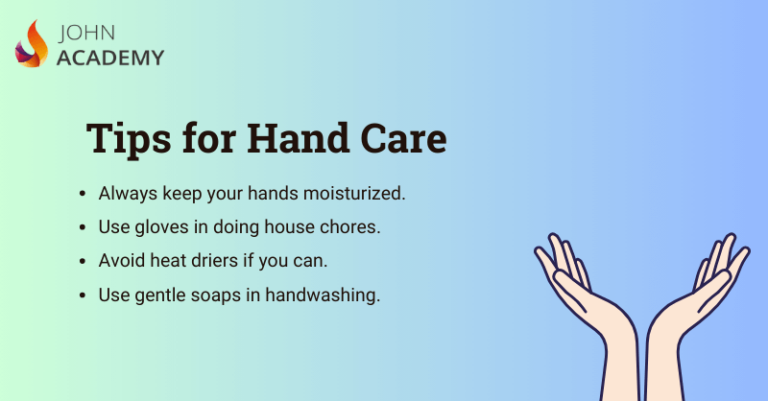
Is There any Alternative to Handwashing?
Washing your hands is the most effective way to clean them. However, there are situations where you may not have water or soap. So, what should you do in such situations? The answer is hand sanitiser. Keep a hand sanitiser with at least 60% alcohol with you.
When there is no water or soap to wash your hands, a hand sanitiser is the next best option.
How to Use Hand Sanitiser?
To use a sanitiser, you should follow these steps.
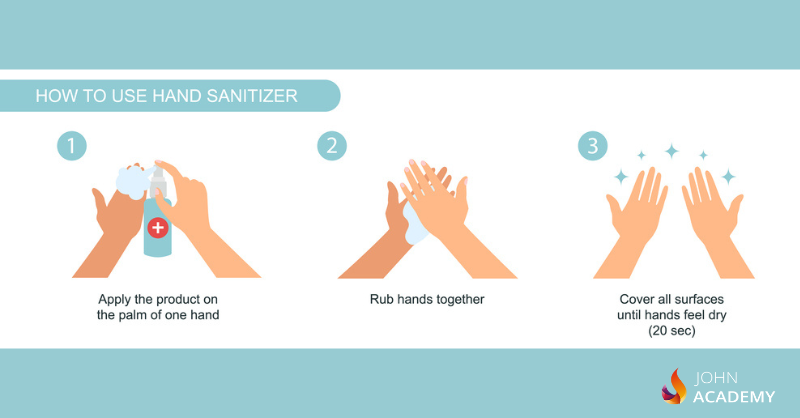
Step 1: Apply Sanitiser
Apply a coin-sized amount of sanitiser on the palm of your hands. It is suggested to use 10-cent coin size for adults and 5-cent for children.
Step 2: Rub the Gel Well
Properly rub the gel or liquid sanitiser all over your palms, back of your hands and between your fingers.
Step 3: Rub Until Your Hands are Dry
Continue rubbing until your hands are dry. The whole process should take around 20-30 seconds.
Swallowing alcohol-based hand sanitizers can cause alcohol poisoning if swallowed. Keep it out of reach of young children and supervise their use.
Caution! Tweet
How do We Motivate Children to Wash Their Hands?
Kids are more prone to danger from germs and bacteria, as their immune system is weaker than adults. But they are not a big fan of washing their hands and are always in a hurry to finish up. So here are some ways you can engage children in handwashing.
Use Fun Soaps
You can use soaps with different colours and shapes. Children love the colourful staff and tend to get attracted to them. As a result, using soaps that look like toys can help encourage them to wash their hands.
Use Foamy Soaps
Children love to play with bubbles and foam. Using soaps that make loads of foam will intrigue the children. They will not only get to play with foam but also keep their hands clean.
Include it in the Routine
An effective way to make children wash their hands is by making it a habit. You can incorporate handwashing into their daily routine by selecting a specific time for washing hands. Also, make sure they wash their hands at that time every day.
Set Example
Kids like to imitate grown-ups. So, if you wash your hands regularly, the children will follow you.
Educate and Raise Awareness
Educating children about harmful germs and bacteria can play a significant role. Along with cartoons, songs and visuals like 7 steps of handwashing posters can teach the children the proper method for handwashing.
Final Words
A small act, like washing our hands, can protect us from many deadly diseases. Just by following the 7 steps of handwashing, you can keep yourself safe and healthy. So, make sure to follow them and also encourage others as well.
FAQ
There are 7 steps for handwashing.
1. Wet hands and apply soap
2. Rub the plums together
3. Rub the back of the hands
4. Rub the fingers
5. Rub and clean the thumbs
6. Rub and clean the tips of the fingertips
7. Rinse your hands
We know that hot water helps kill germs; however, when it comes to handwashing, it’s better to use water at a regular temperature. Because hot water can make your skin dry, and as you are using soap, it does the job of killing germs.
If there is no soap or water to clean your hands, you can use hand sanitiser. Keep a hand sanitiser with 60% alcohol with you in case there is no water or soap.
Read More
- All Courses
- Health & Safety15
- IT & Development214
- Business & Management422
- Accounting & Finance61
- Photography & Video51
- Health & Fitness175
- Teaching & Academics172
- Teaching & Education2
- Intermediate,IT & Software1
- Personal Development28
- Advanced,Beginner,Intermediate,CPD Accredited,Office Productivity,Others1
- Language2
- IT, Software & Technology4
- Business7
- Marekting2
- Healthcare, Safety & Fitness4
- Therapy3
- HR and Leadership2
- Employability258
- Accounting3
- Beauty & Wellness15
- Management23
- Teach & Education1
- Project Management2
- Animal Care25
- Psychology6
- Technology1
- Finance3
- Hospitality2
- Sports3
- Lifestyle49






